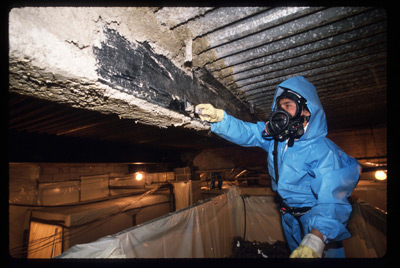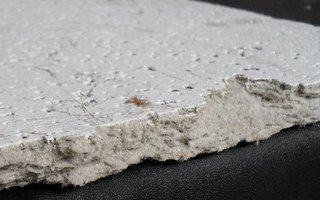
Older homes are great, and many people would rather live in an older home. But one issue that comes with an older home is the possibility that it contains asbestos. Asbestos, which is a natural mineral, was used in numerous building products in the U.S. up until about the 1980s. After that, it was banned because it was found to cause lung problems, including a type of cancer. In its inert state, asbestos is not a health issue. But when it is disturbed, such as through a renovation project, it can disburse fibers through the air than can be harmful if breathed in. For that reason, it’s important to have an asbestos inspection done in your home before embarking on a renovation project.
The asbestos testing involves checking areas of your home for the presence of asbestos. A licensed contractor will examine the areas of your home where your project is and take samples of things such as ceiling and flooring tiles or insulation to see if asbestos is present. If asbestos is found, then it will need to be removed before renovation can start.
A licensed contractor needs to do asbestos removal. Such a contractor will done protective gear and remove all products from your home in the area being renovated that contain asbestos. This can add cost to your renovation project, but it is necessary. Not only could not doing it be a health risk, it also could get you and your contractor in trouble with your local health department and lead to both of you getting hit with a large fine.


 Asbestos, if disturbed or crumbling is one of the more dangerous of building materials.
Asbestos, if disturbed or crumbling is one of the more dangerous of building materials.




 What is asbestos? We have all heard the word. We all know that it comes from buildings that are old. Some of us have even probably joked about having asbestos in our house because it’s so old. But do you think every person that talks about it truly knows what it is?
What is asbestos? We have all heard the word. We all know that it comes from buildings that are old. Some of us have even probably joked about having asbestos in our house because it’s so old. But do you think every person that talks about it truly knows what it is?